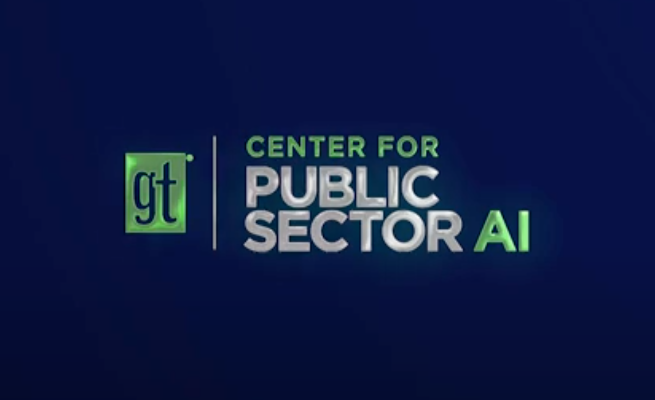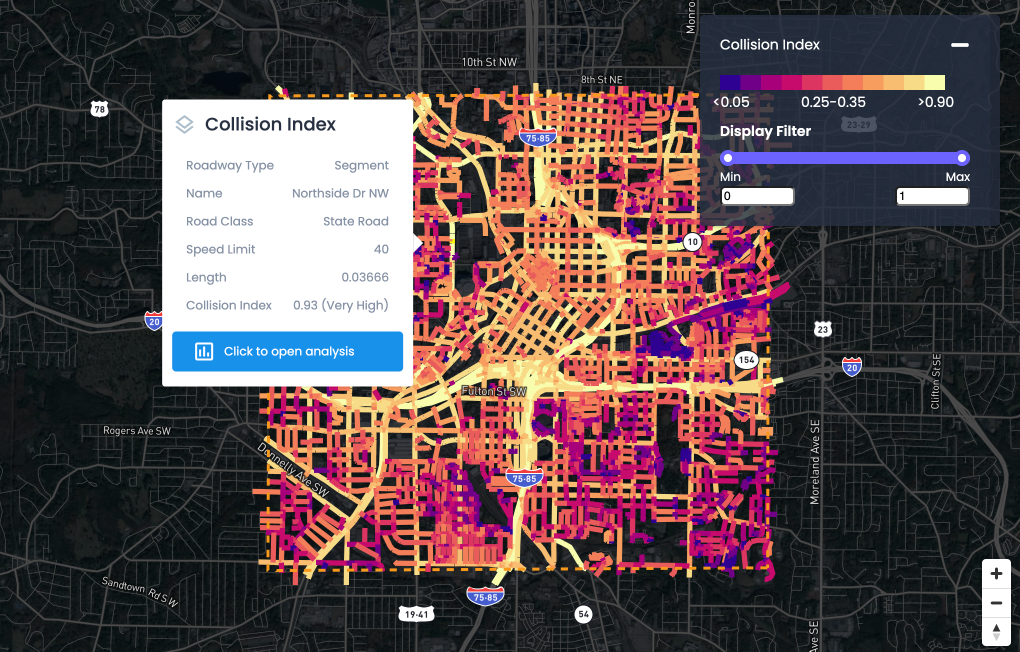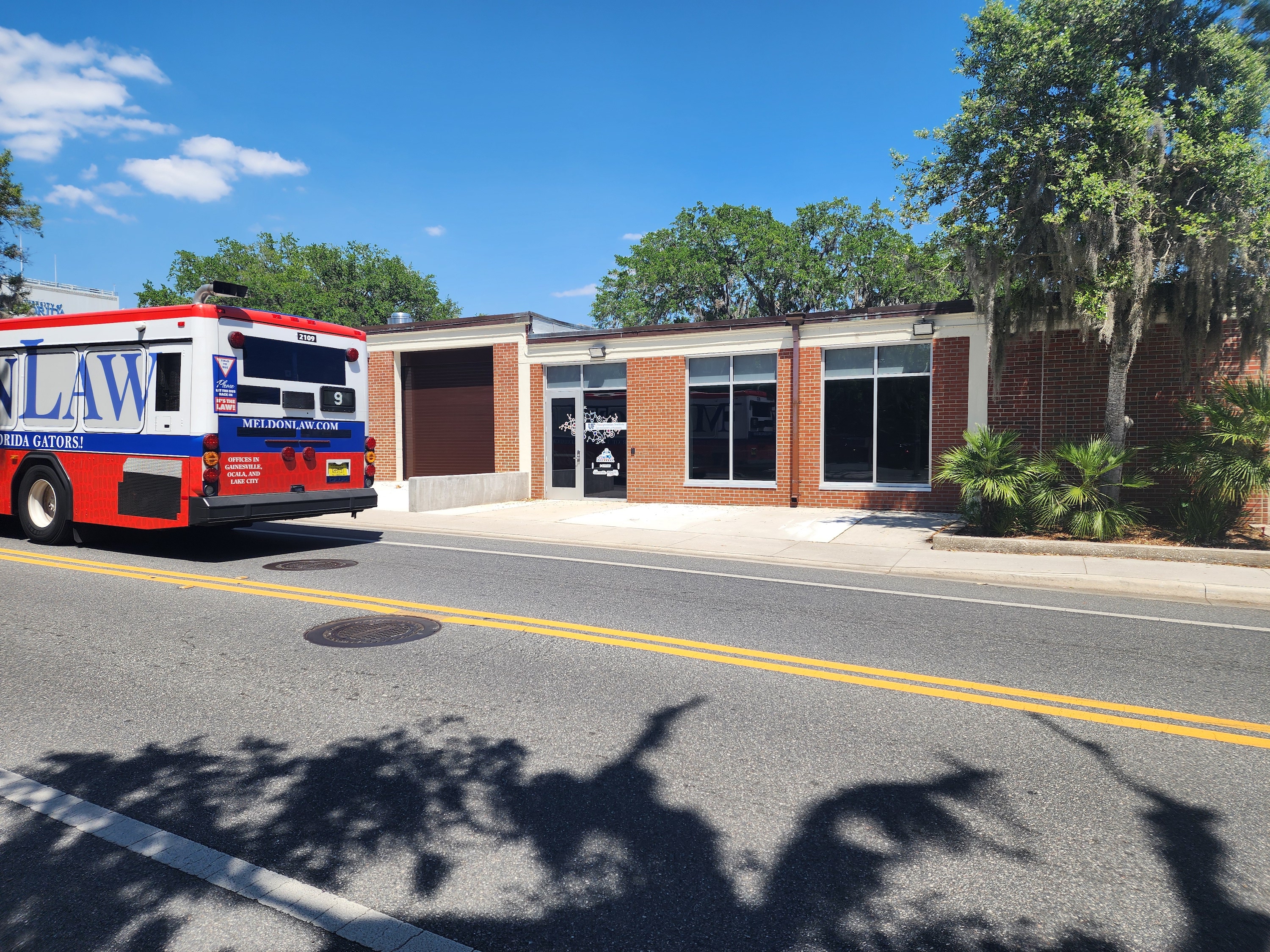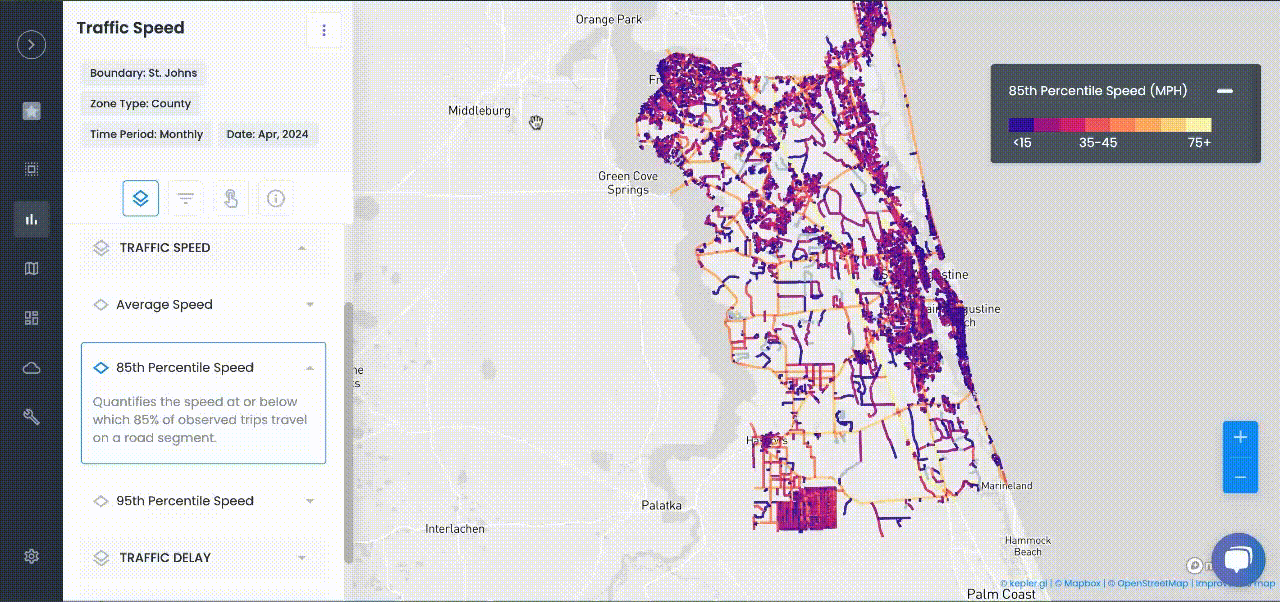
Articles
Unveiling the Past: A Brief Autonomous Vehicles History
Discover the captivating autonomous vehicles' history from their early beginnings to the cutting-edge technology of today.
A brief exploration of autonomous vehicles history, which dates back nearly 100 years to the World's Fair.
Autonomous vehicles (AVs) are attracting a significant portion of the automotive industry’s talent and capital — those attracted to cars that could be safer, faster, and never stuck in traffic.
Improvements in technology over the past several decades, such as LIDAR, GPS, and the internet seem to be converging that way, while also increasing the number of distractions for a driver — podcasts, audiobooks, movies and phone calls have joined radios to compete for a driver’s attention.
As such, we have decided to explore the full breadth of autonomous vehicles history, including the history of self-driving cars, to contextualize the move toward autonomous transportation.
A Brief History of Autonomous Vehicles
Autonomous Vehicles History
In the annals of autonomous vehicles history, the idea of a car that drives itself has been floating around for a surprisingly long time.
General Motors’ Futurama exhibit at World’s Fairs before and after World War II featured radio control towers along highways like the ones used for air traffic control.
More recent autonomous vehicles history, however, dates back to the 1980s when companies like Mercedes-Benz and various universities, sometimes funded by the Defense Advance Research Projects Agency (DARPA), began experimenting with computer technology to aid autonomous transportation.
These experiments worked on eliminating the need for external guidance like radio control or electromagnetic guides buried in the street.
In the 90s, the United States Congress even directed the Department of Transportation to come up with an autonomous vehicle system. However, this moment in autonomous vehicles history was short-lived, as it was canceled.
Then in the 2000s, DARPA funded more projects. Larger companies, like Google, got involved when they announced their "autonomobile" concept, based on studies demonstrating that driver error was a leading cause of crashes.
Private Sector Development
The history of self-driving cars has hit overdrive in recent times, thanks to an interested private sector.
A number of companies have announced interest in the field and have inched closer to reality.
BMW developed a car that could learn a course when driven and then recreate it, down to the precise pedal movements the driver used.
Tesla is currently a leader in autonomous vehicle technology, although it has been forced by safety events to stop advertising its autopilot feature as self-driving.
Uber and Lyft have shown interest in self-driving cars, although both have sold their divisions developing the technology.
All the major car manufacturers are now working on self-driving technology to a greater or lesser extent, along with Google subsidiary Waymo.
Several technology companies are also developing it, with the aim of selling it to manufacturers — quite an important paradigm shift in the history of autonomous vehicles.
One of the more notable ones is Aurora Innovation, which was founded by former employees of Google, Uber and Tesla and which bought Uber’s self-driving research.
But while boosters and CEOs continue to make pronouncements about the imminence of self-driving cars, many technical and legal challenges remain before the history of self-driving cars is fully written.

Challenges of Self-Driving Cars
As with any transformative technological advance, the history of autonomous vehicles is not without its challenges.
All self-driving technologies currently on the market still require a human operator to take control in some situations, such as construction zones, when there's incomplete location data, and sometimes in the presence of cyclists, pedestrians and other cars.
According to The Verge, the leading industry lobby group is abandoning the term “self-driving” in favor of “autonomous vehicle”.
Morning Brew’s Ryan Duffy’s encounter with Waymo One, a driverless taxi service, exemplifies the current state of autonomous transportation.
Vehicles were confined to a service area in the suburbs of Phoenix, AZ and had very strict parameters about where riders could be picked up and dropped off. The cars didn’t go on the highways and tried to avoid traffic; they also exhibited occasionally erratic braking behavior, which area police blamed for a few minor collisions (although Waymo blamed them on human drivers).
But the vehicles still have problems navigating through anything that hasn’t been mapped thoroughly or when dealing with unexpected situations, such as cars parked illegally, construction zones, and even fireworks carts set up in parking lots for the Fourth of July.
Development will continue and no one is sure when, or if, fully self-driving cars will be available.
Semi-Autonomous Vehicles
As we sit at this inflection point in the history of autonomous vehicles, one can imagine large scale deployments serving an area between an airport and a convention center, or on a corporate or university campus.
One company, Motional, intends to launch services in multiple cities in 2023 in a partnership with Lyft, according to TechCrunch. However, all of its vehicles will have a human present.
Throughout the history of self-driving cars, most of the work performed in real world conditions has been in pedestrian-unfriendly SunBelt cities, like Phoenix and Las Vegas, or San Francisco — places with very consistent weather.
Successfully navigating Boston, with its changeable weather, unpredictable drivers, multitudes of walkers and cyclists, is likely to be a great challenge.
The ongoing semiconductor shortage may also increase costs and cause delays in any large scale deployment for the next few years.
More existentially, autonomous vehicle developers have to wrestle with the fact that AVs have limits. They do not reduce congestion, for example, they merely replace it. Similarly, wear on tires can result in even fully electric autonomous vehicles being a source of air pollution.
But cars are not the only mode of autonomous transportation.
Autonomous Vehicles and Public Transit
Related to the history of self-driving cars are efforts to make self-driving buses.
These are more advanced than cars because they can follow a fixed route and separated guide way, greatly simplifying and reducing the complexity of self-driving.
Similarly, autonomous trains have regularly been used in metro systems around the world for many decades.
Labor costs are among the highest costs for many transit agencies, so automation would help them save money and provide a more accurate service.
This is to say that autonomous transportation does exist, and has found success in certain sectors. It is much more likely that we find ubiquity in autonomous vehicles in the transit space before we do in automobiles.
And while the history of autonomous vehicles has surely sped up in recent years, there are still many gains to be made before driverless cars flood your streets and highways.

NEWS
Recent Announcements
See how public sector leaders succeed with Urban SDK.

Company News
Urban SDK Joins Government Technology’s AI Council to Help Shape the Future of AI in the Public Sector
We’re proud to announce that Urban SDK has officially joined the AI Council, part of Government Technology’s Center for Public Sector AI

Company News
Collision Index: Proactive Traffic Safety Powered by AI
Communities now have another layer of road safety thanks to Urban SDK’s Collision Index

Customer Stories
University of Florida Transportation Institute Partners with Urban SDK to Expand I-STREET Program
Urban SDK and the University of Florida have partnered to expand the university's I-STREET Program
WEBINAR
Identify speeding and proactively enforce issues
See just how quick and easy it is to identify speeding, address complaints, and deploy officers.
